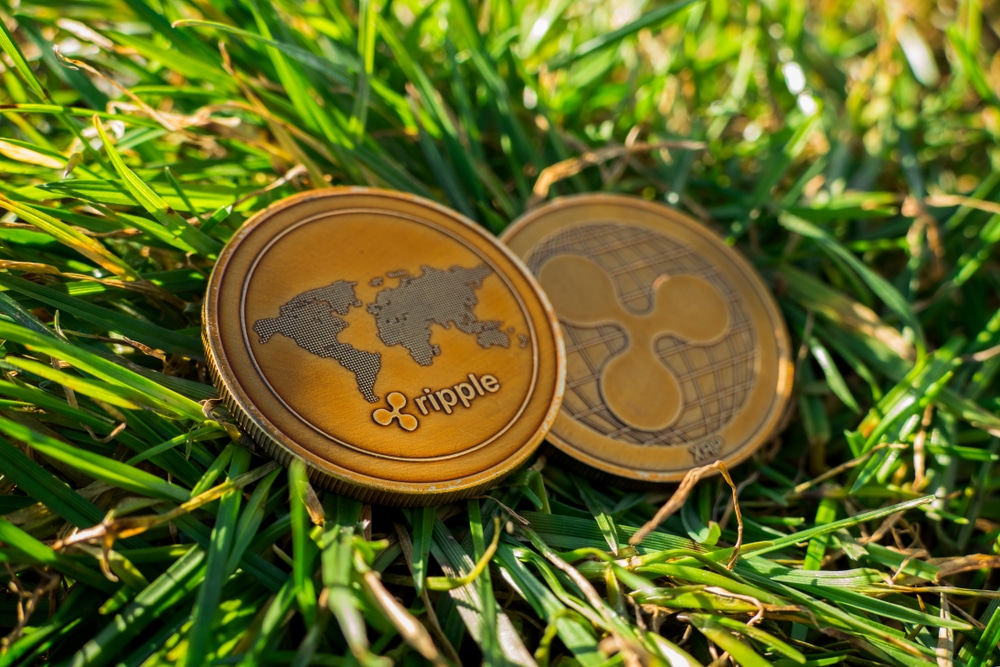
Ripple Seeks to Acquire a Portion of the Expected $5T CBDC Market
Ripple takes a closer look at a considerable share of the expected central bank digital currencies market as the landscape changes.
According to the report titled ‘CBDCs: The Digital Evolution of Money,’ Ripple mentioned that the central bank digital currencies’ (CBDCs’) and stablecoin’s transformative potential is becoming quite apparent. So far, 98% of the globe’s nations are embracing this project.
Ripple stated that central bank digital currencies and stablecoins portray a robust catalyst for digitizing economies and opening the expansive potential of the Internet of Value.
130 Nations Embracing CBDC initiatives
According to Ripple, 130 nations, comprising 98% of the nation’s gross domestic product (GDP), actively embrace CBDC projects. Those in the exploratory phases include South Africa, the U.S., and several European Union (EU) countries. Further, the report revealed that 19 G20 nations are currently in the advanced stages of their CBDC projects.
China is almost a whole-scale launch following the completion of a pilot stage. In the meantime, in nations such as the Bahamas and Nigeria, CBDC solutions are live, and their applications are in progress. In the midst of this inclination, the Bank for International Settlement has predicted that nearly 20% of the worldwide population will gain access to a CBDC in the next few years.
Systematic Objectives to Address CBDCs
Quoting McKinsey, Ripple stressed the systematic objectives that can be addressed using central bank digital currencies. Examples entail fraud lessening, financial inclusion, payment innovation, and a new monetary policy path.
Additionally, the Ripple CBDC showed that CBDCs are vital in promoting the positive effects of asset tokenization. Tokenization ensures transparent monitoring of asset movement as well as changes in ownership.
The report also highlighted the advantages of wholesale central bank digital currencies, which are developed for interbank transfers as well as large-scale securities transactions. According to Ripple, these CBDCs improve operational efficacy with quicker settlement times and boosted liquidity.
More Risk Factors
Despite the deployment of CBDCs being expected to have benefits, it also has some drawbacks. Ripple says the nature of the preferred design models might affect the nature of the risks. Examples of the risk factors entail the storage of crucial user information and increased payment processing centralization. Further, Ripple said there might be more difficulty in undoing mistaken or deceitful transactions. The intensified dependence on their parties or non-bank entities, which might result in more susceptibilities, is another risk factor.
Ripple Seeking to Acquire CBDC Market Share
Ripple identified the opportunities and dangers and sought to position itself as a major player in the central bank digital currency ecosystem. According to projections, CBDCs worth an estimated $5T in various currencies will spread across major economies within the next ten years.
Ripple deduced that the level to which the private sector institutions and governments explore the difficulties and partner on answers might dictate when the currency will change the world.
It is crucial to mention that Ripple actively partners with several central banks globally for central bank digital currency projects. For example, its collaboration with Bhutan has moved to a plot phase for next year. Further, the Republic of Georgia’s apex bank has selected Ripple as its technology partner for its pilot 2.




